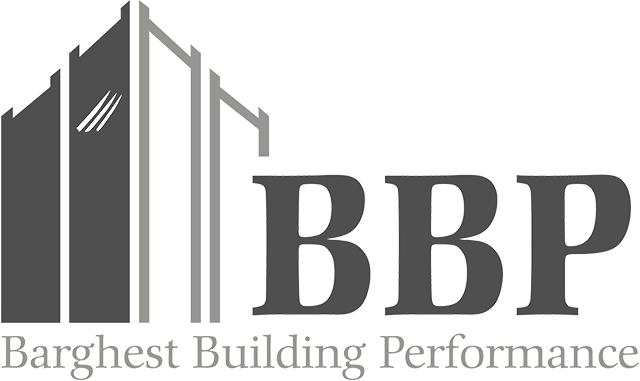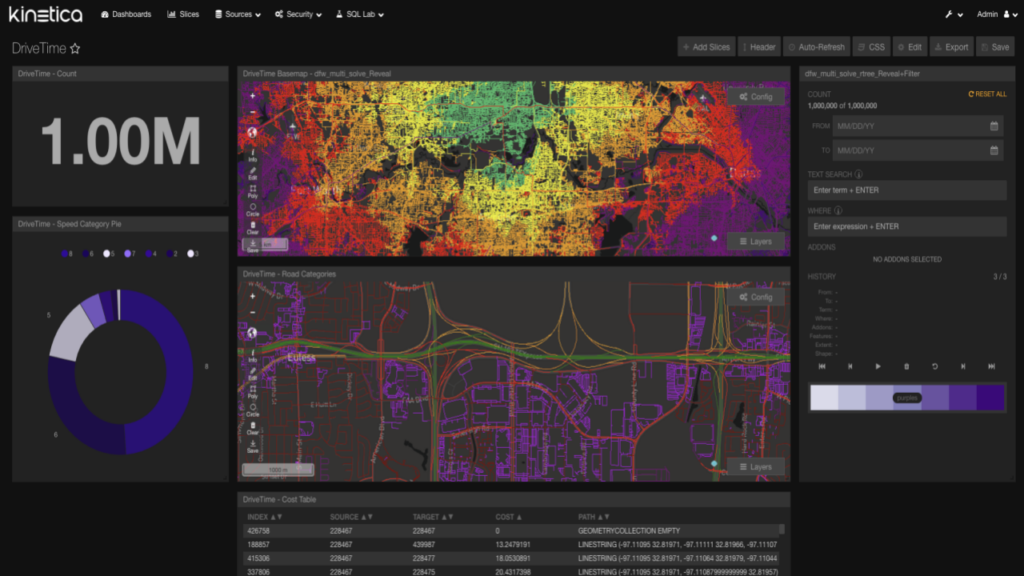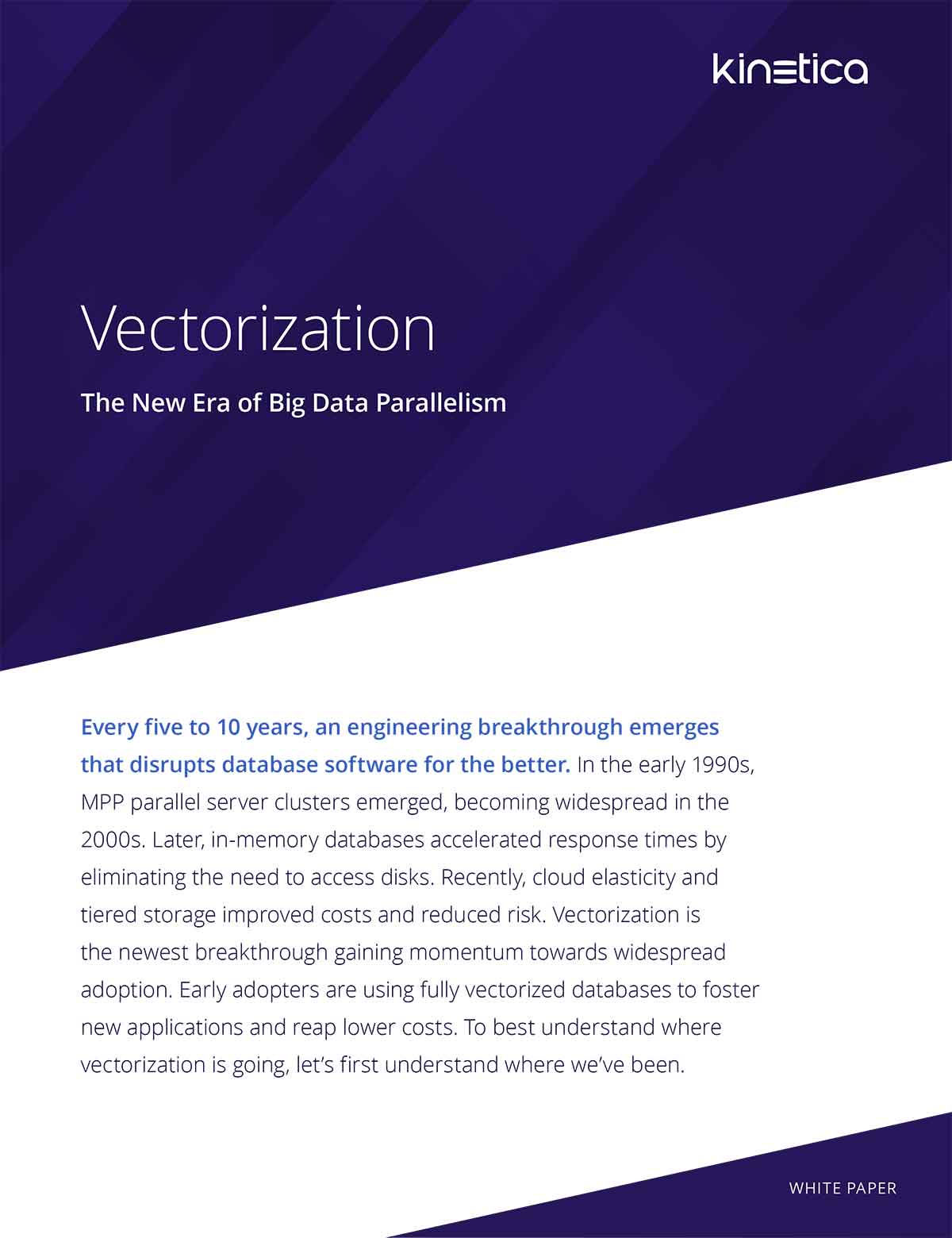Kinetica vs Alteryx
For analysis of IoT and objects moving through time & space
Pick the right tool for the job. Consider Kinetica for analysis of large volumes of streaming data, geospatial data, and for ad-hoc queries and visualization across large datasets.
What is Alteryx?
Alteryx is a tool designed to make data analytics more accessible within organizations. Its platform provides building blocks to automate various elements of the analytics process. First released in 2006, Alteryx has gained popularity for data access, data cleansing, ETL, and other activities related to BI.
What is Kinetica?
Kinetica is a real-time analytics database with best-in-class location intelligence, powered by a cutting-edge vectorized architecture. With Kinetica, you can realize the full benefits of streaming data by fusing it with other data, providing full context and allowing you to use more history than with a streaming platform alone.
Kinetica Features »
What is Alteryx good for?
Alteryx is good for ease of use by all different personas in an organization with both code-free and expert modes. Alteryx’s Analytics Process Automation (APA) provides an easy way to automate components of the end to end analytics process. Users with no coding experience can build automated data pipelines and save time on running repetitive reports. Alteryx provides an intuitive way to design custom workflows and obtain self-service analytics.
What is Kinetica Good for?
Kinetica is best used for analytics (OLAP) workloads, and stands out when used with large volumes IoT data, such as that from moving sensors, where there are frequent updates of location.
Gaining value from sensor data requires blending spatial, time series, and graph analytics. Kinetica has over 100 spatial functions including geo-joins, point in polygon, and map matching, and can create interactive visualizations with billions of geospatial data points. Kinetica combines this with advanced time series functions and allows you to seamlessly use relational data in a native graph context for understanding relationships.
What can you build with Kinetica?
Try Kinetica Now:
Kinetica Cloud is free for projects up to 10GB
What are Alteryx limitations?
While Alteryx is useful for dealing with repetitive manual processes, it is not as powerful as using a full-fledged analytic database. It’s meant for overnight batch reporting, not for when you need real time answers or to run a model many times over the course of a day.
Complex workflows on Alteryx will require significant hardware to run efficiently. This generally leads customers to spend a far higher amount on Alteryx than originally anticipated. Alteryx price points come in at the higher end of the market compared to other analytics tools.
Alteryx is not designed for today’s more advanced analytics use cases that require cutting-edge streaming or machine learning capabilities, or leveraging high-volume IoT data at scale. The Alteryx UI is outdated and does not provide much in the way of data visualization.
How is Kinetica Being Used?
Proven as scale with:








From Days with Alteryx, to Seconds on Kinetica
Recently, a top 3 global retailer was able to reduce run times for a strategic analytic application from days on Alteryx to just 22 seconds using Kinetica.
The retailer sought to optimize supply chain logistics and operations, with the aim of identifying faster and more profitable delivery routing, and to identify optimal store locations. Kinetica was able to dramatically reduce the time taken to calculate most probable paths (MPP) and point-to-point (P2P) drive times at scale.
Vectorization: The New Era of Big Data Parallelism
Every five to 10 years, an engineering breakthrough emerges that disrupts database software for the better. Vectorization is the newest breakthrough gaining momentum towards widespread adoption. Early adopters are using fully vectorized databases to foster new applications and reap lower costs.

